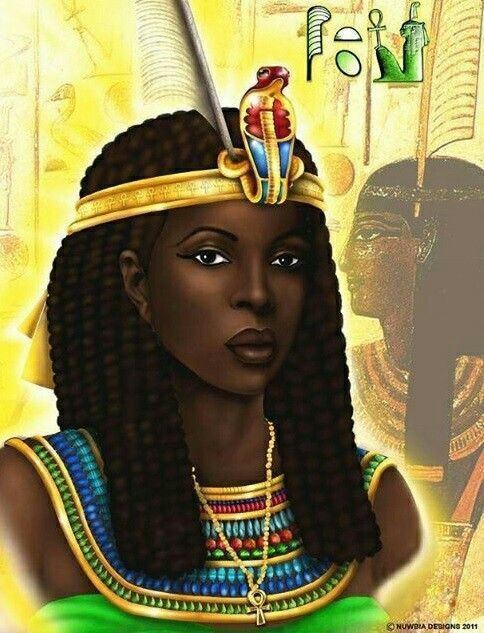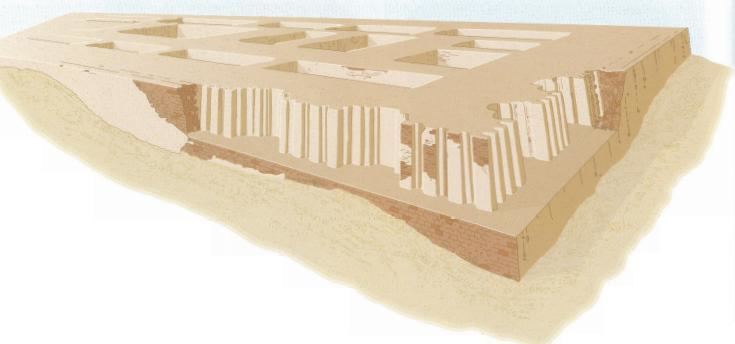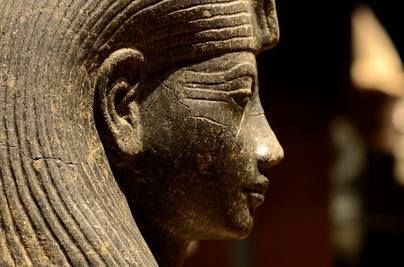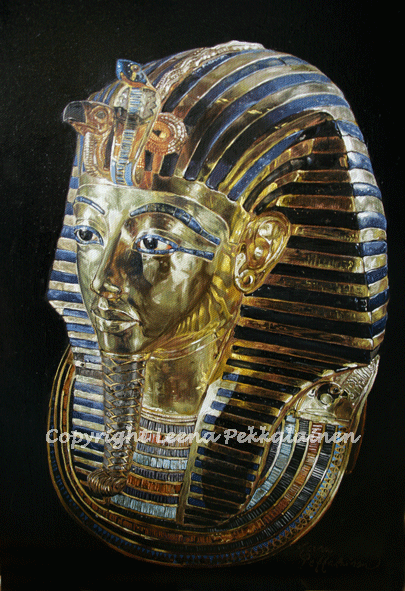Children Hor-Aha, Benerib | ||
 | ||
Similar Hor‑Aha, Djer, Benerib | ||
Garrett plays hardcore minecraft part 14 neithhotep the iron golem
Neithhotep or Neith-hotep was an Ancient Egyptian queen consort living and ruling during the early 1st dynasty. She was once thought to be a male ruler: Her outstandingly large mastaba and the royal serekh ensnaring her name on several seal impressions previously led Egyptologists and Historians to the erroneous belief that she may have been an unknown king.
Contents
- Garrett plays hardcore minecraft part 14 neithhotep the iron golem
- Emotions series anger most epic angry dark music mix
- Name
- Titles
- Attestations
- New discoveries
- Historical evaluations
- Tomb
- References

As the understanding of early Egyptian writings developed, scholars learned that Neithhotep was in fact a woman of extraordinary rank; she was subsequently considered to be the wife of unified Egypt's first pharaoh, Narmer, and the mother of Hor-Aha. More recent discoveries suggest that Neithhotep might have instead been a spouse of Hor-Aha, and the mother and co-regent of successive ruler Djer. Archeological evidence also indicates that she may have ruled as pharaoh in her own right, and as such would have been the earliest female monarch in history.

Emotions series anger most epic angry dark music mix
Name

Neithhotep's name is connected to Neith, the goddess of war and hunting. This followed a tradition notably practiced during the first dynasty: many queens (such as Merneith/Meritneith, another possible female pharaoh and descendant of Neithhotep) and princesses (such as Aha-Neith, Her-Neith, Nakht-Neith and Qa'-Neith) also had names referencing the deity.
Titles
As a queen, Neithhotep bore several elite and pious titles:

It is possible, that Neithhotep bore more royal titles, but these haven't been discovered yet. At the time Neithhotep ruled, many royal titles for kings and queens hadn't been introduced yet. At this early state of hieroglyphic development, the early Egyptians may not have known yet how to express certain titles. Alternatively, the believe in the dynastic roles of queens was still a different one as it was at Meritneith's time.
Attestations

Neithhotep's name was found at Helwan, Abydos and Naqada. It appears on clay seal impressions, on ivory tags and as inscriptions on stone bowls. Most of the objects were found in her burial complex and in the tombs of Aha and Djer. On several clay seals, Neithhotep's name was written inside a double serekh, the midst of the merged serekhs is perched by a divine standart of Neith. One unusual seal impression gives the name diction Hetepjw.
New discoveries
A new discovery site of Neithhotep's name lies in the Wadi Ameyra at Sinai. At the site, several rock carvings date back to the times of the kings Iry-Hor, Narmer, Djer and Raneb. King Djer's inscription depicts at its left a procession of royal festive boats, at the right it shows a royal serekh with Djer's name inside. The horus-falcon atop of the serekh holds a war mace, clubbing a kneeling foe to death. Neith-hotep's name appears at the left site diagonally above the serekh.
Historical evaluations
After the discovery of her mastaba, Neithhotep was once thought to be a male ruler: Her outstandingly large tomb and the royal serekh ensnaring her name on several seal impressions led Egyptologists and Historians to the erroneous belief that she might have been a yet unknown king. However, as the understanding of early Egyptian writings developed, scholars learned that Neithhotep was in fact a female noble of extraordinary rank. Along with this realization, scholars viewed her now as the wife of king Narmer and mother of Hor-Aha. This view was promoted by clay seal impressions found in her tomb showing the serekhs of Narmer and Aha.
Neithhotep's name appears on several clay seal impressions inside a serekh - a fashion that was commonly reserved for male rulers only. Secondly, her tomb is of extraordinary size and it has its own cultic enclosure. Such a case is otherwisely known only from queen Meritneith. A third evidence are the Wadi Ameyra inscriptions themselves: these reveal that Neithhotep arranged and ordered an expedition through the Wadi in attempt to mine ore and harvest feedstocks. But such an act commonly required royal powers that a mere queen consort didn't have - not until she was in fact an independent, fully authorized ruler.
The case of queen Neithhotep shows astonishing similarities to that of queen Meritneith, who had led the royal office for her still minor son, king Hor Den. This realization lead Egyptologists now to the theory that queen Neithhotep may have also led the royal office for a yet infant child king as some kind of substitute king. Such an act is now known to have been fairly common in early Egyptian times. Royal dynasties were founded in early times by royal mothers, not by inheritance from father to son.
Some scholars even believe that Neithhotep may be identical to an ominous king Teti listed in the Ramesside king lists and indirectly mentioned on the famous Palermo Stone. The Palermo Stone provides an interregnum between king Aha and Djer by mentioning a "double date of death" in column I of the event years. The temporal discrepance between the date of death for Hor-Aha and the second death note spans around 1 year, 1 month and 15 days. Such a time span seems too short for a "real" ruler such as Hor-Aha, Djer or Wadj. It would rather well fit to someone who ruled as a substitute for the original pharaoh. And this, in turn, is now proven for queen Neithhotep. Thus, the ominous entry on the Palermo Stone may indeed be a reference to the interregnum of queen Neithhotep. This would also explain as to why no contemporary artifact from the 1st dynasty mentions the royal name Teti, but the others (Itetj and Ita).
The equalization of queen Neithhotep with Teti I. is not commonly accepted. Egyptologists such as Werner Kaiser and Walter B. Emery point to several clay seal fragments with the horus names of all kings from Narmer to Hor-Den. Such seals were discovered in Den's and queen Meritneith's tombs and they all consequently begin their list with Narmer, who was the husband of Neithhotep. Kaiser and Emery see this as evidence that it was Narmer, not Hor-Aha, who started the first dynasty. In addition, Kaiser points to seal fragments which mention the name Menj beside the serekh of Narmer. Thus, it is at least likewise possible that Narmer is identical to king Menes. This, in turn, would mean that the cartouche name "Teti" rather belongs to Hor-Aha, not to queen Neithhotep.
Tomb
Neithhotep's tomb was discovered in 1897 by French archaeologist Jacques de Morgan at the site of Naqada. Later it was investigated again by German archaeologist Ludwig Borchardt in 1898. The superstructure consisted of a huge mastaba made of hardened mudbricks, the outer walls were niched. It is now completely destroyed due time-conditional erosion. Because of its huge size the tomb was once believed to be that of king Menes. The choice of place for the tomb may indicate that queen Neithhotep originated from the northern Lower Egypt. It was also once believed that Neithhotep married Narmer in attempt to facilitate Narmer's unification of Egypt.
